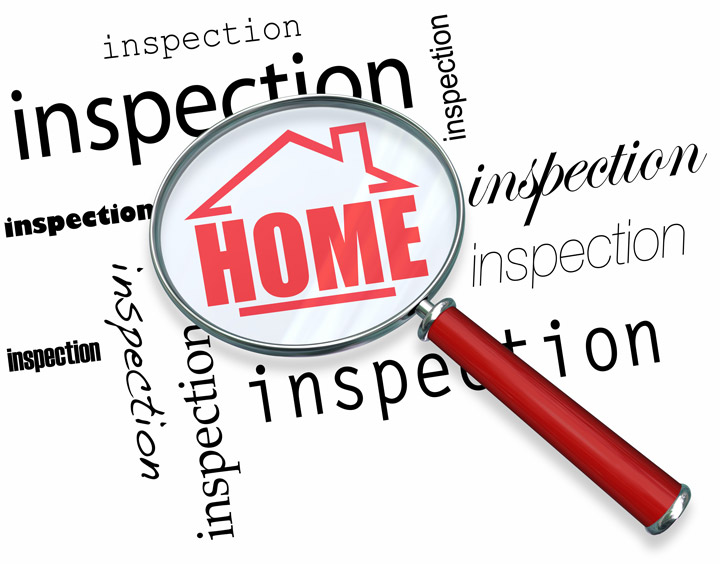
What Goes Into an Appraisal?A home purchase can be the most significant financial decision many people may ever encounter. Whether it's where you raise your family, a seasonal vacation property or one of many rentals, purchasing real property is a detailed financial transaction that requires multiple parties to pull it all off. It's likely you are familiar with the parties having a role in the transaction. The most familiar entity in the exchange is the real estate agent. Next, the mortgage company provides the money required to finance the transaction. And the title company sees to it that all details of the sale are completed and that a clear title passes from the seller to the buyer. So, who's responsible for making sure the property is worth the amount being paid? In comes the appraiser. We provide an unbiased opinion of what a buyer might expect to pay — or a seller receive — for a parcel of real estate, where both buyer and seller are informed parties. A licensed, certified, professional appraiser from K. Podgorski will ensure, you as an interested party, are informed. Appraisals begin with the home inspectionOur first task at K. Podgorski is to inspect the property to ascertain its true status. We must physically see aspects of the property, such as the number of bedrooms and bathrooms, the location, amenities, etc., to ensure they really exist and are in the shape a reasonable person would expect them to be. To make sure the stated square footage is accurate and document the layout of the property, the inspection often includes creating a sketch of the floorplan. Most importantly, the appraiser identifies any obvious amenities - or defects - that would have an impact on the value of the house. After the inspection, an appraiser uses two or three approaches to determining the value of the property: a sales comparison, a replacement cost calculation, and an income approach when rental properties are prevalent. 
Cost ApproachHere, we use information on local construction costs, labor rates and other factors to figure out how much it would cost to replace the property being appraised. This figure usually sets the upper limit on what a property would sell for. It's also the least used predictor of value. 
Sales ComparisonAppraisers are intimately familiar with the communities in which they appraise. They innately understand the value of specific features to the homeowners of that area. Then, the appraiser looks up recent transactions in close proximity to the subject and finds properties which are 'comparable' to the property in question. By assigning a dollar value to certain items such as remodeled rooms, types of flooring, energy efficient items, patios and porches, or additional storage space, we adjust the comparable properties so that they are more accurately in line with the features of subject.
An opinion of what the subject might sell for can only be determined once all differences between the comps and the subject have been evaluated. When it comes to knowing the true worth of features of homes in La Quinta and Riverside, K. Podgorski can't be beat. The sales comparison approach to value is usually given the most consideration when an appraisal is for a real estate exchange. Valuation Using the Income ApproachA third way of valuing approach to value is sometimes used when an area has a reasonable number of rental properties. In this scenario, the amount of income the property produces is factored in with other rents in the area for comparable properties to derive the current value. Coming Up With The Final ValueAnalyzing the data from all applicable approaches, the appraiser is then ready to put down an estimated market value for the property in question. It is important to note that while this amount is probably the most accurate indication of what a house is worth, it may not be the final sales price. There are always mitigating factors such as the seller's desire to get out of the property, urgency or 'bidding wars' that may adjust the final price up or down. But the appraised value is typically used as a guideline for lenders who don't want to loan a buyer more money than they could get back in case they had to sell the property again. It all comes down to this, an appraiser from K. Podgorski will guarantee you attain the most fair and balanced property value, so you can make the most informed real estate decisions. |